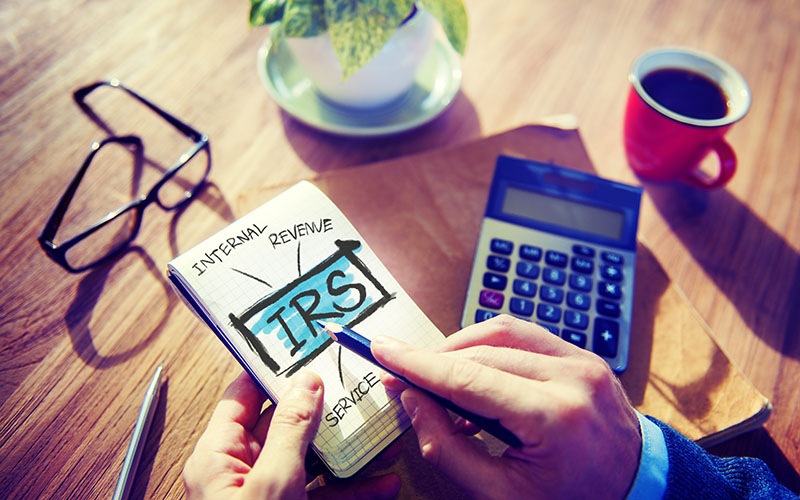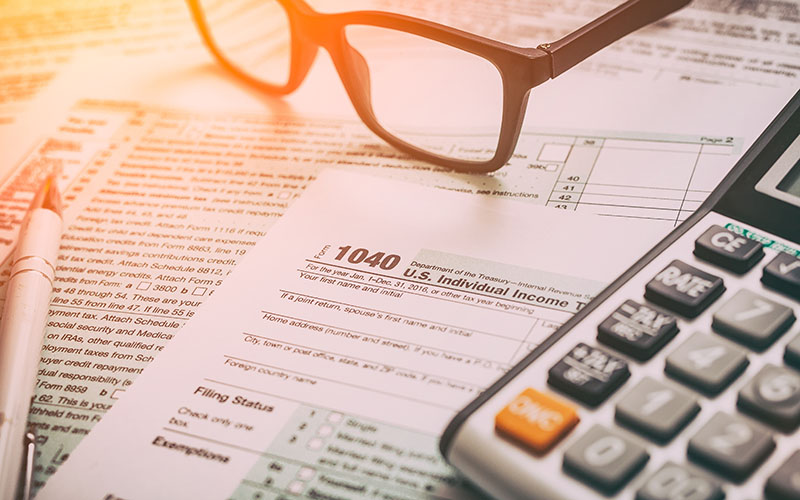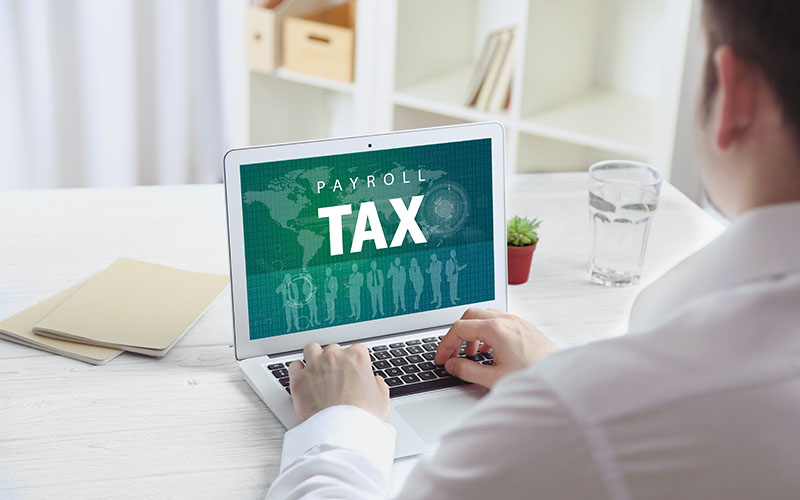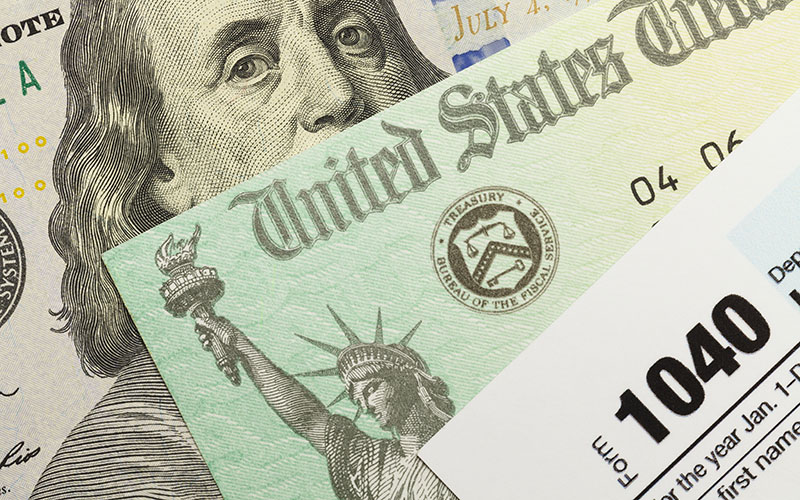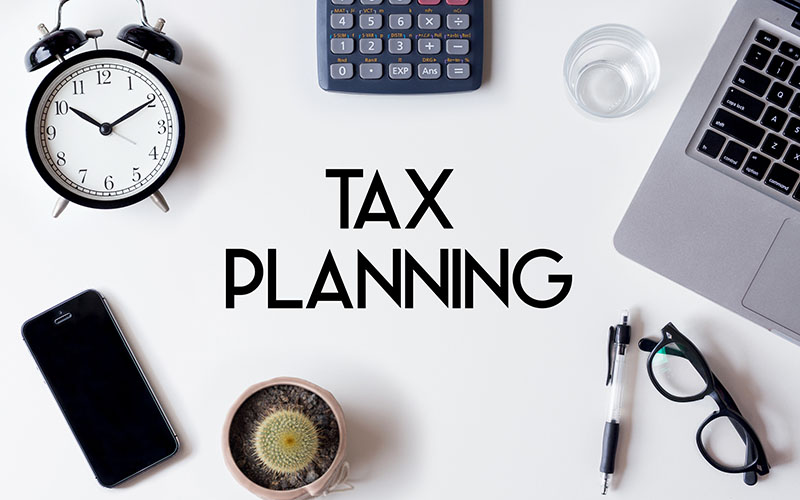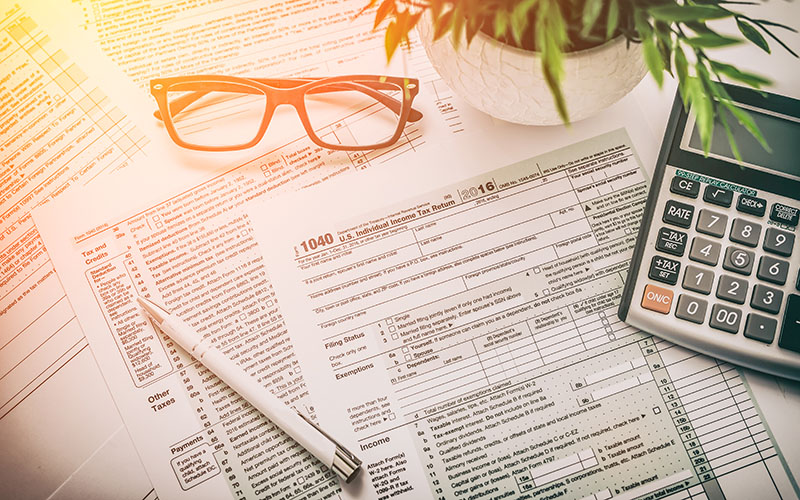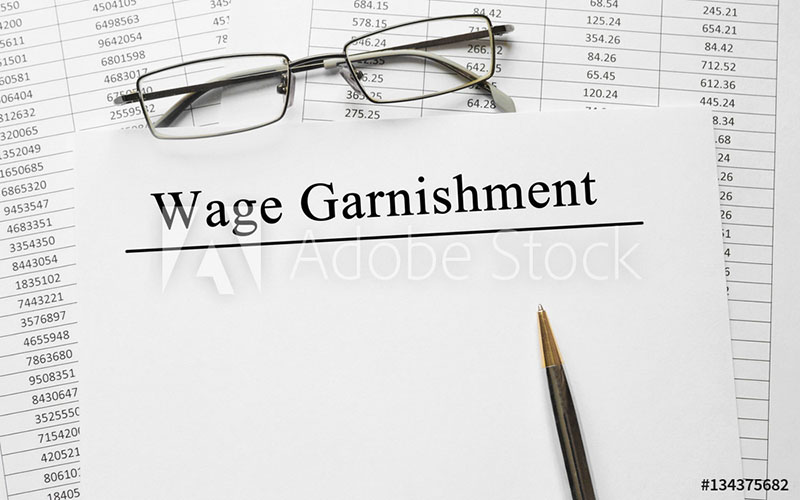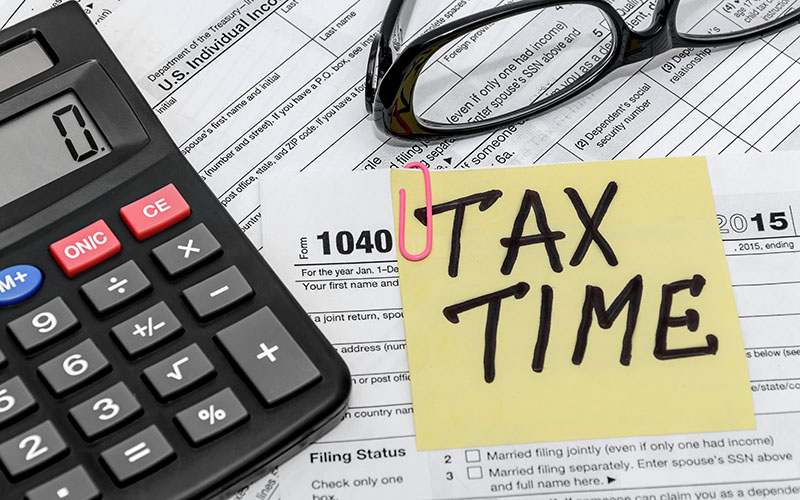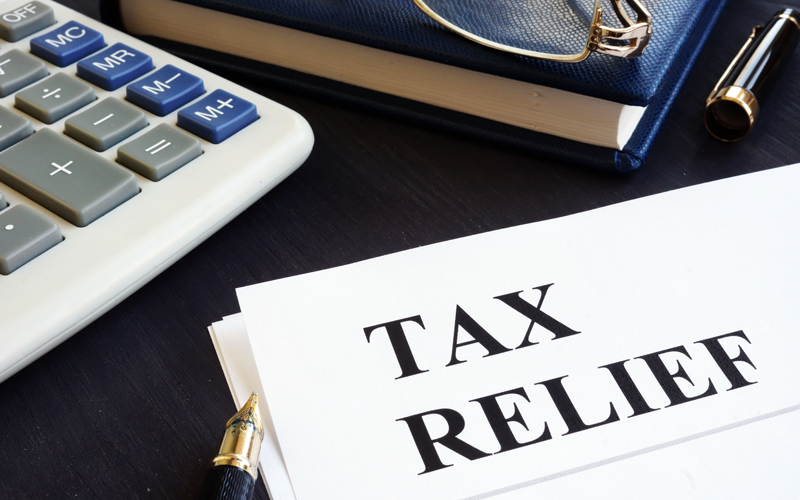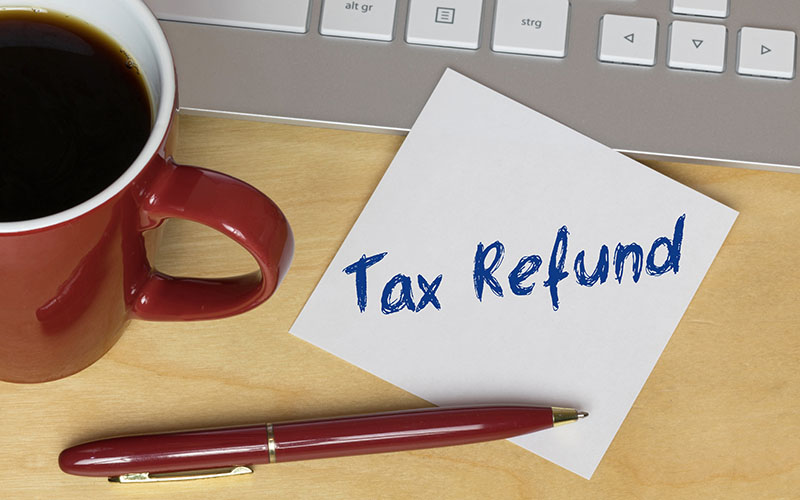How to Get a Tax Refund Advance: A Comprehensive Guide
Key Takeaways
- Tax refund advances offer fast access to a portion of your expected tax refund but come with eligibility requirements and potential risks
- Many advances have no interest but may include hidden fees, filing costs, and repayment risks if the refund is smaller than expected
- Personal loans can be an alternative for larger amounts or non-tax season needs but involve interest and longer repayment terms

Every year, many taxpayers await their refunds for a helpful financial boost. Since it takes up to three weeks before most people receive their refunds, you might want to consider a tax refund advance. Refund advances allow you to access a portion of your anticipated tax refund earlier in the form of a loan.
Even though tax refund advances can be valuable, they have inherent risks. In this guide, we will go over how to get a tax refund advance, its pros and cons, and the essentials you should know.
What is a tax refund advance?
A tax refund advance is also known as a tax refund loan or tax refund anticipation loan (RAL). Tax refund advances act as short-term loans, with terms and amounts based on your expected tax refund. You can obtain refund advances from your chosen tax preparation provider.
With a RAL, you wouldn’t receive the actual tax refund. Instead, you’re getting a portion of your expected refund in the form of a short-term loan. Once the IRS reimburses you with your tax refund, that refund is typically used to repay the RAL.

The process of obtaining a tax refund advance
Here is a step-by-step guide to obtaining a tax refund anticipation loan.
1. Choose a reputable tax preparer
Don’t settle for the first tax preparation company you see that offers refund advances. Take the time to research competitors so you can pick from different available options. You can reach out to various tax preparers to learn more about their fee schedules, refund advance terms, and other relevant information.
In addition, compare the customer service quality between tax preparation companies. Professional and responsive customer service can increase the chances of a seamless tax refund advance process.
2. Complete your tax return and determine the refund
An important part of taking out a tax refund loan is knowing the anticipated refund amount. Based on what personal information you provide the tax preparer, a number will be given to you as the expected refund amount. Very rarely do tax refunds cross $10,000.
3. Apply for the tax refund loan
When filing your tax return with the tax preparer, you will be able to apply for a tax refund loan. You still need to qualify for the tax refund advance based on the tax preparation company’s eligibility requirements. Typically, this means you need to meet a minimum estimated tax refund amount. You also need to be e-filing your return.
When applying for an advance, the tax preparer will evaluate your application and consider numerous factors. Considerations may include your income and credit information, though hard credit checks are not usually necessary.
4. Review the terms of the advance
Make sure you carefully read the entire refund advance agreement before signing. Sometimes, the fine print may include hidden fees and subtle conditions that can catch you off guard later down the line.
5. Accept the offer and receive the funds
Funds from a tax refund advance are generally granted within 24 hours. The advance may be loaded into a prepaid card, disbursed into your account via direct deposit, or given to you using a check.
6. Repay the funds
After the IRS releases your actual tax refund, it will be used to repay the refund advance. Fees and interest (if applicable) will be deducted from the refund. Then, if there is money left over, that will be given to you as your final tax refund.
A potential issue that can arise is if the expected refund amount is significantly lower than your actual refund. In such a case, you would still be contractually responsible for repaying the outstanding balance.

Eligibility and requirements
While eligibility criteria for tax refund advances vary between tax preparation companies, here are the typical criteria for qualifying.
Minimum refund amounts
There is usually a minimum anticipated refund amount before you can qualify for a tax refund advance. If you have over $500 in expected tax refunds, you have a reasonable chance of securing a refund advance of around $250.
Use of the company’s tax preparation services
You need to prepare your taxes using the tax preparation company from which you want to receive a refund anticipation loan. This means you will likely have to pay a tax preparation fee, similar to the origination fee that covers administrative and processing costs for traditional loans.
Credit checks and financial history reviews
While not all tax preparers require you to undergo a hard inquiry, some will still want to assess your creditworthiness.

Pros and cons of tax refund advances
Pros
Quicker access to some of the refund: Refund advances can grant you quick access to funds within one to three business days.
Often no interest: Major tax preparation companies often offer tax refund advances with 0 percent interest. This means that there is minimal cost of borrowing, so long as the anticipated tax refund amount is accurate.
Ease financial stress: With the earlier access to a portion of your refund amount, you can use the funds to deal with any pressing expenses.
No credit check: Unlike traditional loans, tax refund advances are often offered without a mandatory credit check. This means that they are more accessible to individuals with poor credit or non-established credit.
Cons
Possible hidden fees: Your tax refund advance might come with hidden fees. This can end up significantly reducing the amount you receive from your tax refund. If the refund funds won’t be used for urgent expenses and financial needs, it is advisable to avoid relying on a tax refund advance.
Not the full refund amount: A tax refund advance only grants you a portion of the expected refund amount. While the low advance amount may be enough for smaller purchases, it might not be sufficient for your needs.
Potential for debt: If the actual refund is lower than estimated, you can end up in debt. This can be a financial burden that generates undue stress.
Lack of consumer protection: Tax refund anticipation loans drain a significant amount from tax refunds every single year. There is a distinct lack of consumer protection regulations protecting individuals who take out tax refund advances. If you encounter any issues with your advance, they may not be satisfactorily resolved.
May need to open an account: The tax preparation company might require you to open an account with them in order to qualify for the tax refund loan. If you already have many credit accounts active, you might not want to add a new account to your name.
Costs and fees associated
Here is an overview of the typical costs associated with a tax refund advance.
Interest
While many major tax filing companies advertise zero-interest refund advances, some tax preparers do require you to pay interest. Look at both the interest rate and the more comprehensive annual percentage rate (APR) to get a better idea of the total cost of obtaining the advance.
Filing fees
You usually can’t secure a tax refund advance unless you file your taxes with a tax preparer. This means that you will indirectly need to pay a fee for the tax refund loan in the form of filing fees.
Filing your taxes with a tax preparer usually costs under $200, but the exact fees can vary depending on your chosen company, tax needs, and preparation services used.
Incorrect estimated refund
Even if your anticipated tax refund amount is incorrect, you will still need to repay the tax refund advance you’ve obtained. This can result in paying more money than you’ve received any refund for, which essentially puts you into unnecessary debt.
Why it’s important to read the fine print
The fine print in refund advance agreements can be tricky to understand. Take the time to thoroughly read the fine print so you are fully aware of the cost of obtaining a tax refund loan.
Comparison of different fee structures
To ensure you obtain reasonable terms for a tax refund loan, research multiple tax preparation companies and how they handle tax refund advances.

Personal loans as an alternative
If you’re looking for fast funds, consider personal loans as an alternative to tax refund advances.
A personal loan is a lump sum fund granted by credit unions, online lenders, and banks. You can use the loan funds for a wide variety of purposes, avoiding high upfront costs that drain your savings. Over the life of the loan, you would repay the personal loan plus interest.
Personal loans can bridge financial gaps. They are commonly used for:
- Debt consolidation
- Major transactions
- Emergency expenses
- Medical bills
- Vehicle and house repairs
Interest rates: tax refund advances vs. personal loans
The upside to a tax refund advance is that it often comes with low to no interest. Meanwhile, personal loan interest rates range between 6 to 36 percent, depending on various factors such as your credit score.
If you have poor credit, a tax refund advance may be the preferable choice if you need funds in a pinch and it’s tax season. This is because it can be challenging to get a favorable loan with bad credit. Opting for a tax refund advance means you could obtain quick funding without high (or any) interest.
How to apply for a personal loan
The personal loan application process may be completed either online or in person with your preferred bank, credit union, lender, or financial institution. You will need to supply personal information and documentation, including:
- Proof of income
- Identification
- Proof of address
When are personal loans more beneficial?
If you need a large amount of funds, a personal loan is generally more useful. Tax refund advances have low limits. For example, TurboTax only gives a maximum advance amount of $4,000, depending on your anticipated refund amount. On the other hand, personal loans can give you up to $100,000 in loan funds depending on your creditworthiness and financial security.
Another case where personal loans are recommended over tax refund advances is if you have good or excellent credit. The better your credit, the more favorable personal loan terms you can receive. However, refund advances generally don’t take your creditworthiness into account. This means you may be charged substantially higher interest with a tax refund loan.
Important considerations before opting for an advance or loan
Your financial needs and repayment capability
Tax refund advances are convenient because the amount you need to pay for borrowing will be deducted from your upcoming tax refund. It’s a good idea to consider whether you truly benefit from the refund advance. Otherwise, you would be draining money from your refund for no reason.
If you decide to take out a personal loan, make sure you have the income and budget to pay the loan off without accruing extra interest and late payment fees.
The importance of avoiding unnecessary debt
Tax refund advances may unnecessarily deduct money from your well-deserved tax refunds. If the anticipated refund amount is incorrect, a refund advance can lead to more financial problems that could’ve been avoided.
Personal loans are an easy, versatile financing strategy that can help you meet your financial needs and goals. However, they do put you into debt and require you to pay interest over time. It’s good practice to only borrow as much as you need for necessities.

Resources and further reading
It’s a good idea to research your tax filing and refund advance options every year. Popular tax preparation companies to consider for the 2024 tax year include:
- TurboTax
- Jackson Hewitt
- H&R Block
Edited by:
Bryan Huynh
•
Product Tester & Writer





